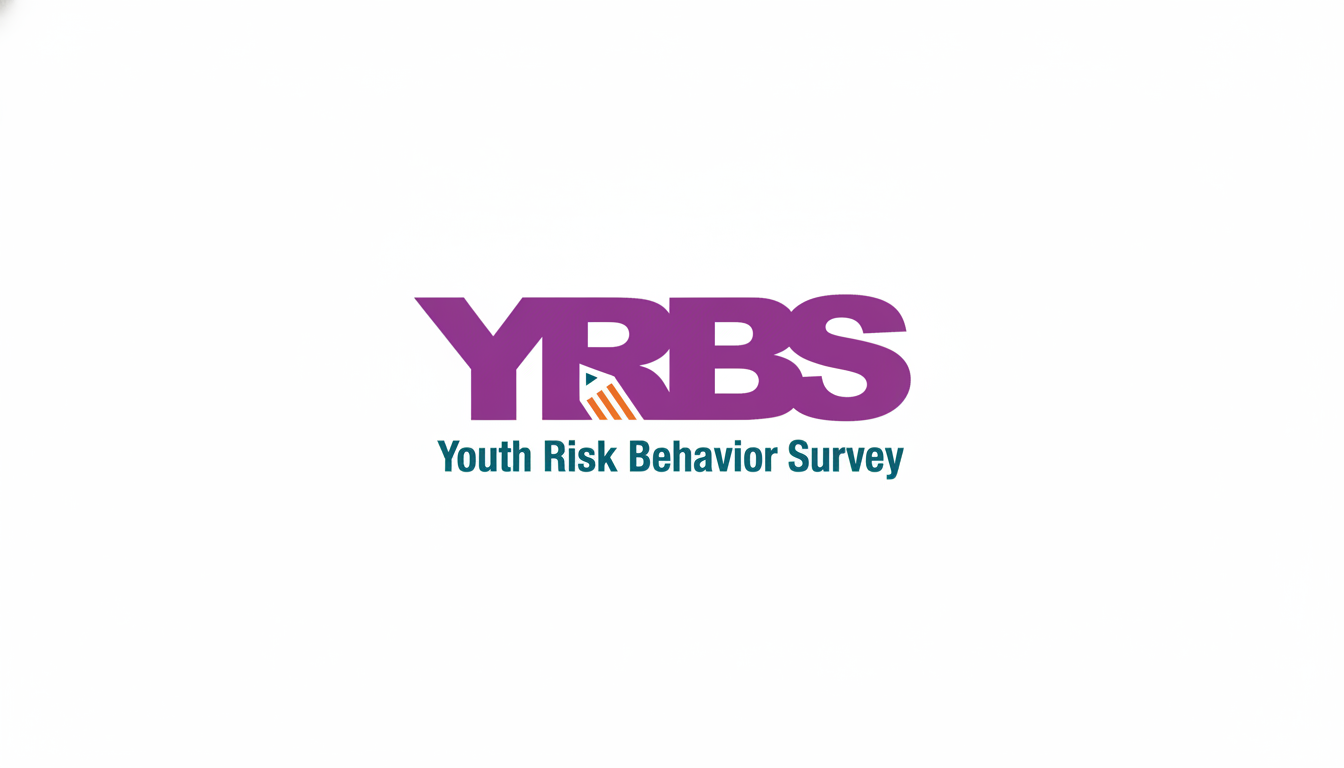Forget the caricature of a “sexless” generation. What’s changing for Gen Z is not desire itself but how, where, and why intimacy unfolds — and the internet sits at the center of that shift. Surveys from the Centers for Disease Control and Prevention show fewer teens and young adults report partnered sex than predecessors, while research from Pew Research Center and Common Sense Media finds most Gen Z spends hours each day on social platforms. Put simply, the timeline and the bedroom are now intertwined.
The Internet Became the Default Sex Educator
With comprehensive, medically accurate sex education mandated in fewer than half of U.S. states, many young people turn first to search bars, creators, and community forums. That digital patchwork is both a lifeline and a labyrinth. It brings inclusive language about pleasure, consent, asexuality, and gender diversity to millions who never hear those topics in school or at home. It also accelerates a cultural update: what counts as “sex” has widened beyond old, heteronormative definitions.

That definitional shift matters when interpreting the numbers. The CDC’s Youth Risk Behavior Survey shows the share of high schoolers who have ever had sex has dropped to roughly 30%, down from 47% in the 1990s. But today’s reports often tally penile-vaginal intercourse and miss solo sex, mutual masturbation, sexting, and other forms of intimacy Gen Z openly acknowledges. Less reported intercourse can coexist with robust sexual exploration — just not always in ways traditional metrics capture.
Online communities also put names to experiences earlier generations navigated in silence. Concepts like “compulsory sexuality” help teens and young adults understand they don’t owe anyone sex, which can remove pressure to perform and increase intentionality. Visibility for asexual and aromantic identities makes opting out of sex — temporarily or permanently — a valid choice rather than a pathology.
Algorithms Shape Desire and Delay for Gen Z
Recommendation engines sit between Gen Z and nearly every conversation about sex. For some, the “For You” tab surfaces trauma-informed consent, STI prevention, and queer-affirming resources. For others, the same systems amplify purity-culture rhetoric, body shaming, or performative hookup bravado. Platform moderation and state-level age-verification laws, designed to limit explicit content, sometimes sweep up sex education too, narrowing what young people can see just when they need clarity.
Dating is also more digital — and more transactional. Pew Research Center finds that more than half of adults under 30 have used dating apps. Swipe mechanics turn people into fast-scrolling profiles, rewarding conventional attractiveness and punishing ambiguity. The result can be fragile connections and rising perfectionism: if a partner isn’t flawless, someone better is a tap away. Add curated bodies, porn-shaped expectations, and the temptation to script messages with AI, and anxiety creeps in. Many choose to wait, not out of prudishness, but because the conditions for sex feel riskier or less authentic.

Less Partnered Sex Doesn’t Mean Less Sexuality
Broader social data complicates the “sex recession” storyline. The General Social Survey documented a rise in young adults reporting no sex in the past year over the last decade, but it also shows growth in masturbation and solo pleasure. Industry analysts note steady expansion in the sexual wellness market, especially among Gen Z buyers who prioritize body-safe products and education. When privacy, cost, or safety are concerns, solo exploration can be a rational choice, not a failure to launch.
And for many, the internet is not an exit ramp from intimacy but a practice field. People test boundaries in DMs before meeting, exchange STI testing norms, discuss contraception, and negotiate consent. That deliberateness delivers upsides: fewer regretful encounters, better communication, and a clearer sense of what feels good. The trade-off is pace. Curiosity often moves faster than comfort, creating a delay between interest and action that shows up in the data.
A New Measure of Sexual Agency for the Digital Age
If sex is a proxy for agency, Gen Z’s internet-shaped approach is more selective, expansive, and transparent. Agency looks like enthusiastic consent, like redefining sex to include pleasure beyond penetration, like saying no without stigma — and yes, like logging off when comparison culture kills the mood. It also looks like seeking medically accurate information, which organizations such as the Guttmacher Institute, the American Academy of Pediatrics, and the CDC continue to advocate for in policy and classrooms.
What helps from here is clear:
- Comprehensive sex ed that matches the nuance of online discourse
- Platform rules that distinguish health information from explicit content
- Algorithms that diversify rather than narrow sexual narratives
- Conversations at home that normalize questions without shame
Gen Z is not retreating from sex — they’re renegotiating it in a digital world, and the rest of us would do well to catch up.

